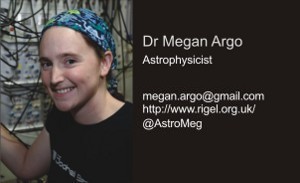Interplanetary packet loss
I missed this one, but New Scientist picked it up. It seems that there was a glitch with NASA's Deep Space Network last month that resulted in the loss of data from Cassini's latest flyby of Titan. The Deep Space Network (DSN) is a collection of radio telescopes at facilities spaced approximately 120 degrees apart around the world: at Goldstone, in California's Mojave Desert; at Robledo near Madrid, Spain; and at Tidbinbilla near Canberra, Australia. They are spaced at intervals of 120-degrees so that they can provide continuous coverage when needed. Each complex consists of at least four antennas: a 70-m, two 34-m and a 26-m. As well as handling scientific data from probes, these stations are also responsible for receiving telemetry and transmitting control commands back to the spacecraft. They operate at either S-band (2.3 GHz) or X-band (8.4 GHz) and also take part in scientific observations from time to time - the 70-m Tidbinbilla antenna for example regularly takes part in Australian Long Baseline Array (LBA) observations.
Some of these antennas have been operating for a long time and are showing their age a bit. On April 20th the 70-m antenna at Goldstone was moving into position to pick up data from Cassini's flyby when it got stuck, apparently on a gouge in the circular guide rail. The problem has since been fixed (having watched track repairs on the Lovell telescope, I can imagine that this was a big job), but unfortunately that data has been lost forever.
NASA is currently refurbishing and upgrading the DSN antennas, fixing structural problems and replacing some of the electronics. One upgrade is to add receivers that operate at higher frequencies. This is to increase the data capacity of the network to accommodate not only the increasing number of spacecraft, but the increasing amount of data per mission. When the JWST begins operations in 2014, on its own it will transmit 125 Mbits/second. Higher frequencies mean higher data rates, so this will hopefully enable the network to continue operating for many years to come.
It has been suggested that higher data rates could be more efficiently provided by using lasers instead of radio waves. Back in 2003, discussions were going on at the Anglo-Australian Observatory about this topic. Their suggestion was to use green lasers rather than the infra-red lasers that NASA were thinking about at the time. If you're curious about the data rates that a laser system could provide, have a play with the javascript system model.
Don't forget, you can build your own DSN antenna!








Comments: